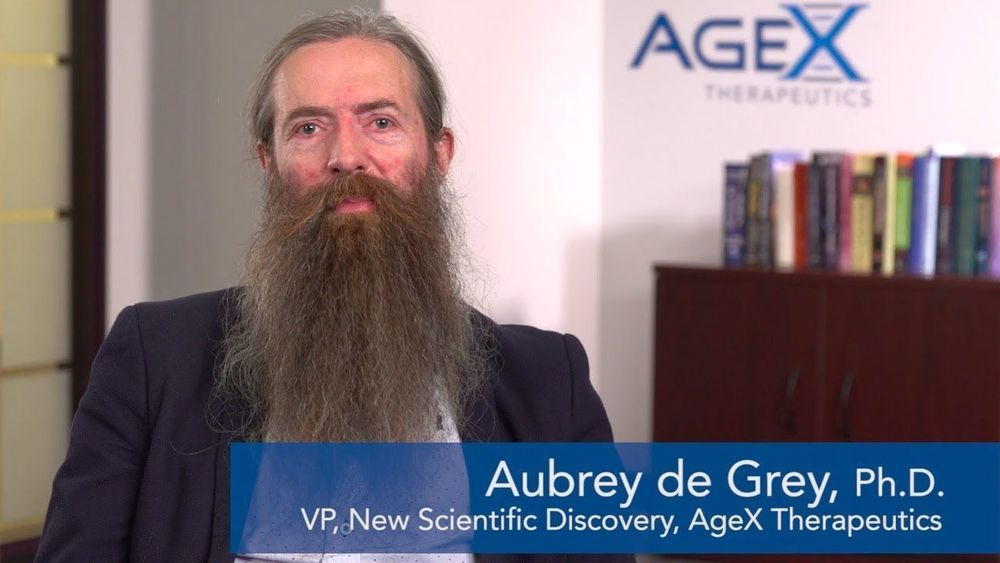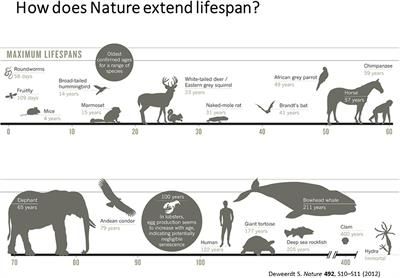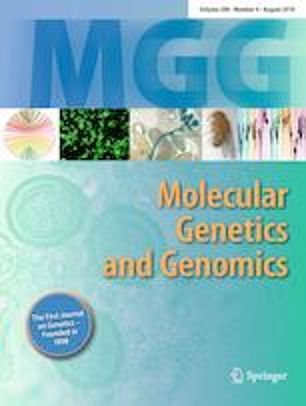Today, we want to highlight an interview with billionaire investor Jim Mellon that our friend, Adam Ford of Science, Technology, and the Future, has conducted. Like us, Adam was at the Undoing Aging conference in Berlin earlier this year, and, just as we were, he was busy conducting a number of interviews with the researchers and industry thought leaders there.
Jim Mellon is an interesting figure in the industry and the cofounder of Juvenescence, a company that has been investing in a number of promising companies that are developing rejuvenation biotechnology to treat age-related diseases.
In this video, he talks about how the company formed and the investment landscape in the aging research field, and he touches upon public availability of these technologies as well as overpopulation. Jim has been closely watching the industry for some years now, and he and his company have been making a number of investments in companies that are moving towards clinical trials.








